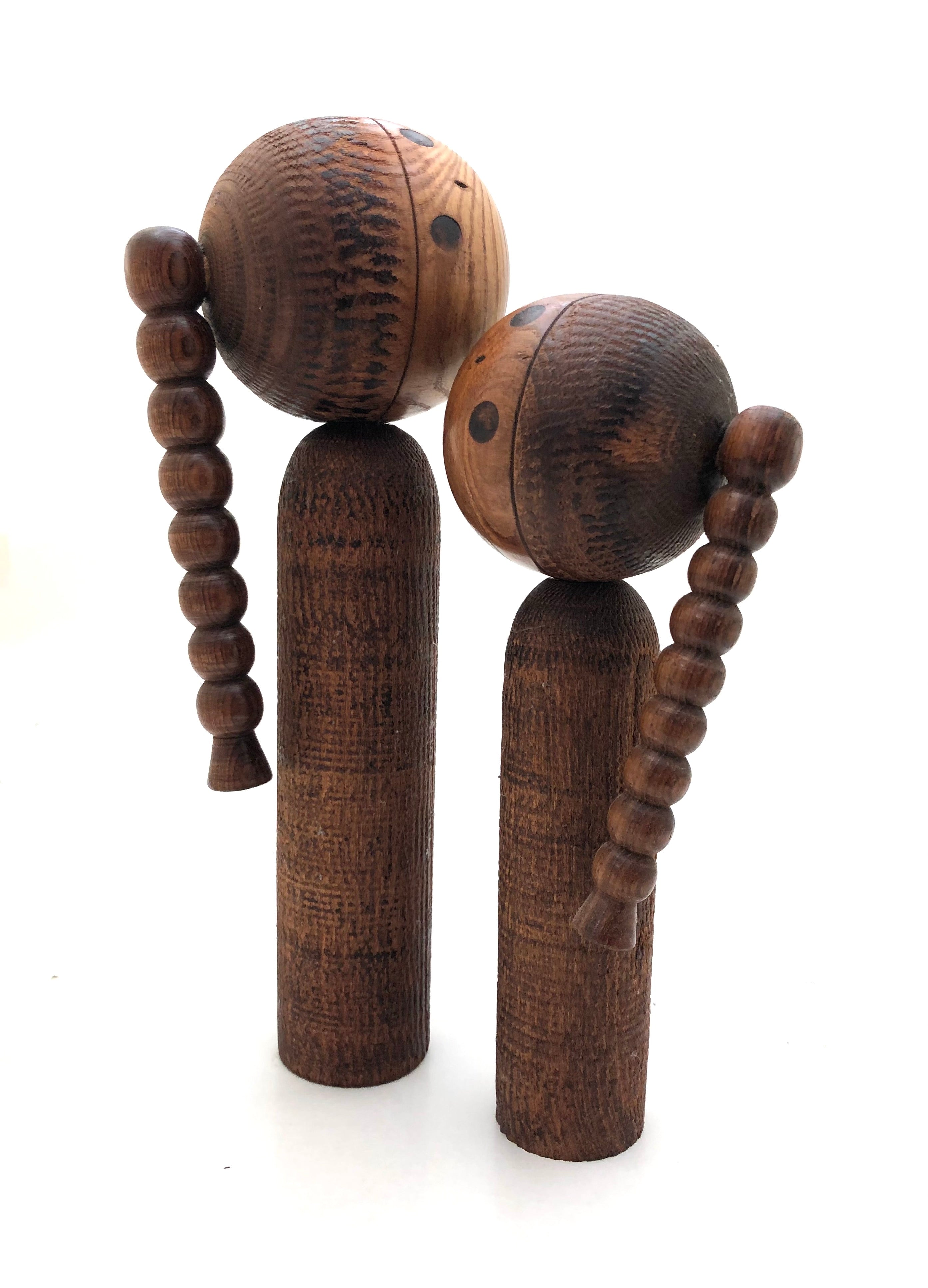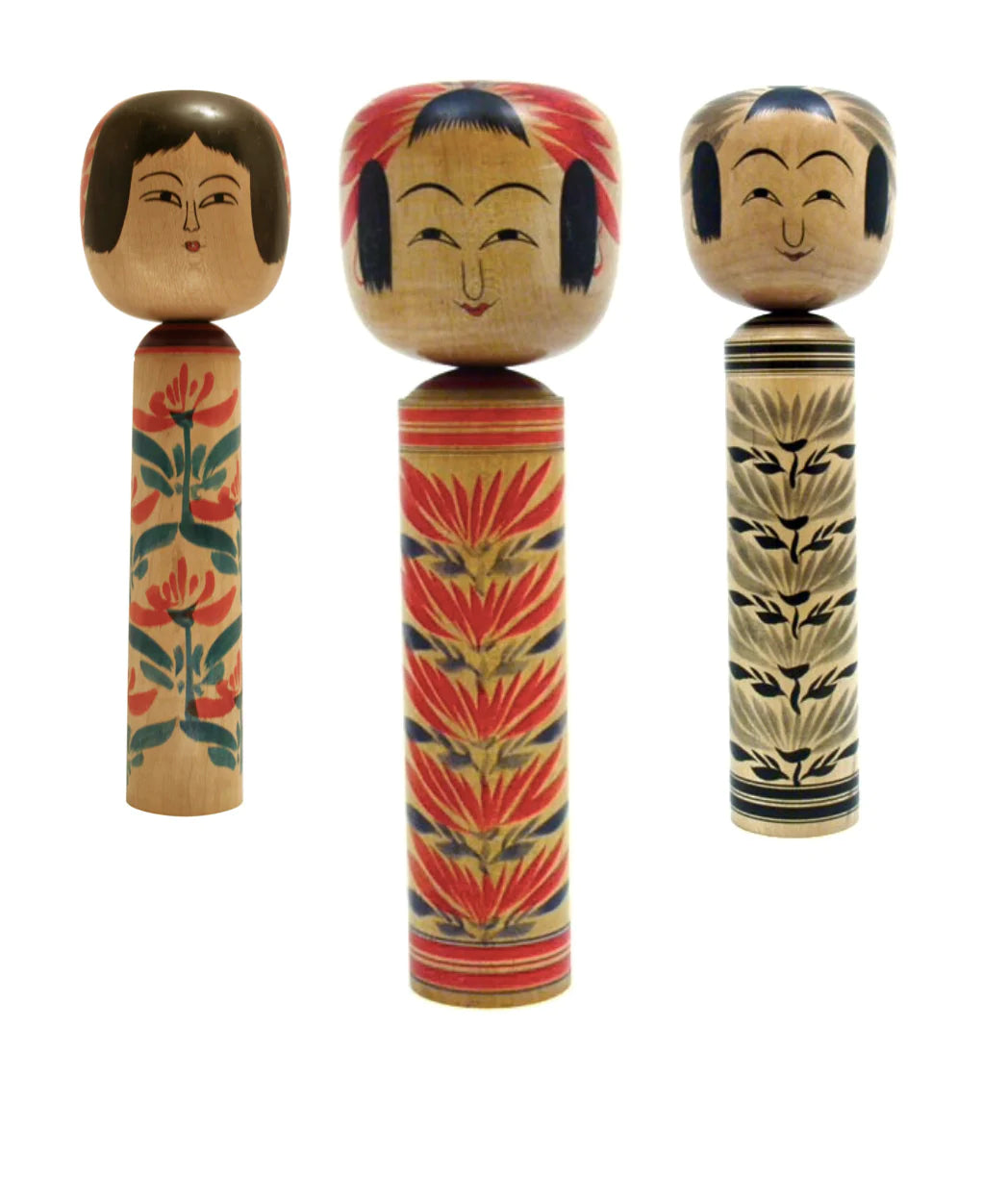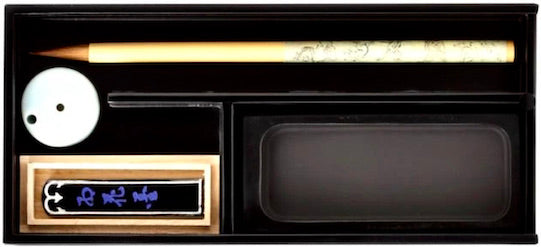Brushes of Nagaho were introduced by the priest Kukai, who learned the methods to make them in China. The offspring of Kiyokawa engaged in brush making in Imai, but later the center of brush making moved to Nara, where there was a large production of Sumi, (India ink) and a high demand of calligraphers utilizing brushes to complete works in temples and shrines. Kukai's brush had its core made of tight-rolled hemp paper. The core is then covered thinly with hairy cloth. It is called Makifude. Hosoi Kotaku invented Suihitsu, which is made of hard and soft hair mixed and glued into one. Then this style spread, resulting in the manufacture of such brushes in many parts of the country. Later other types of brushes called Sabakifude were invented as calligraphy got more popular. In October, 1977, the Minister of Trade and Industry designated Narafude as "Traditional Art Craft" according to ""the law on promotion of the traditional craftwork industry."



